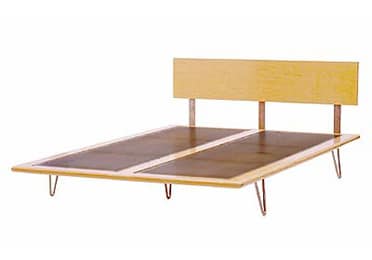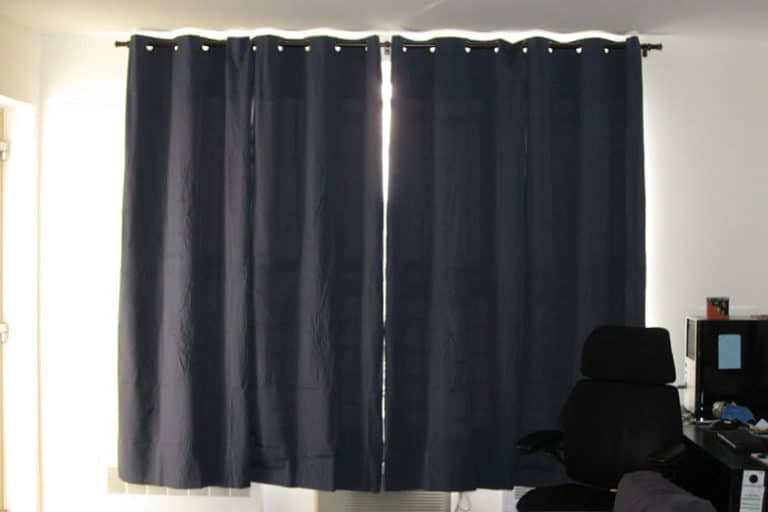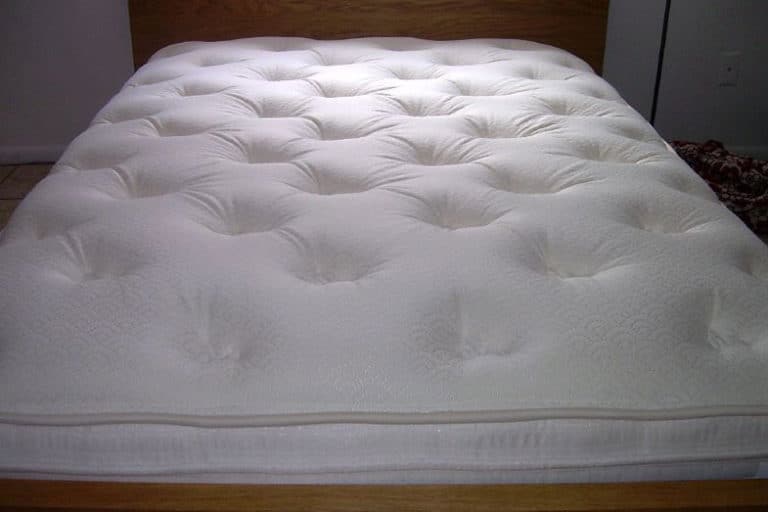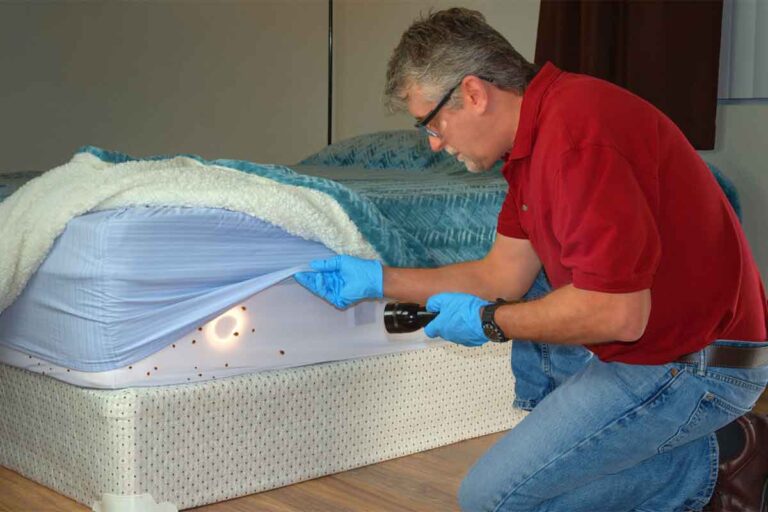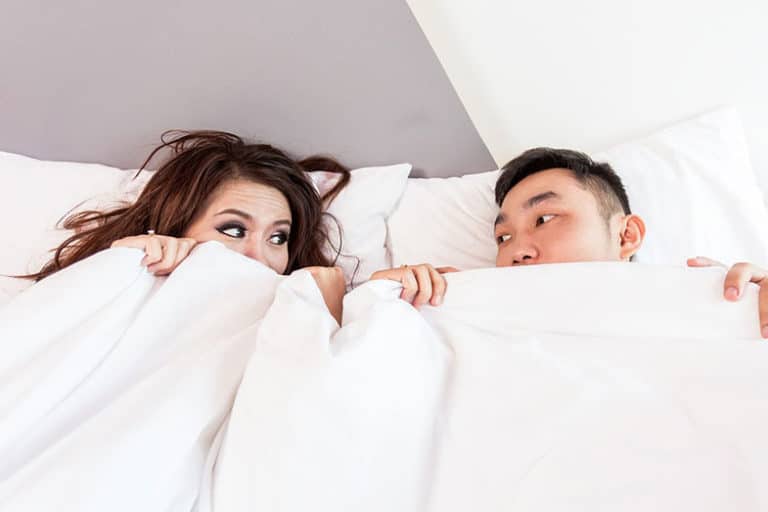Can a Yoga Mat Work as a Sleeping Pad?
Disclosure: We may get commissions for purchases made through links in this post.
Nowadays, many people live a minimalist lifestyle. This usually includes investing in multipurpose materials and fixtures to not only save on space but on costs as well. This trend also leads to the art of repurposing or reimagining alternative uses for everyday things that we use. Say, for example, using a yoga mat as a sleeping pad, or other useful items. In the creativity-driven world today, the sky is the limit – or is it?
Can a yoga mat work as a sleeping pad? Even though you can use a yoga mat in place of a sleeping pad, it won’t be as comfortable. The primary purpose of a sleeping pad is more than just to provide a soft, flat surface for sleeping.
Sleeping pads are best known for their insulation and cushioning – something that a modest yoga mat simply cannot offer.
Due to its slim and flexible quality, yoga mats cannot provide the cushioning and support that a sleeping pad needs to provide. Primarily when used in the great outdoors, yoga mats simply cannot weather the wear and tear of being laid on rocky, and uneven surfaces. The rubbery material of yoga mats also does not provide the appropriate insulation and heating that a sleeping pad is known for. The firmness and fixed form of the mat also makes it hard to carry around and store inside backpacks for easy carrying during hikes and other outdoor activities.
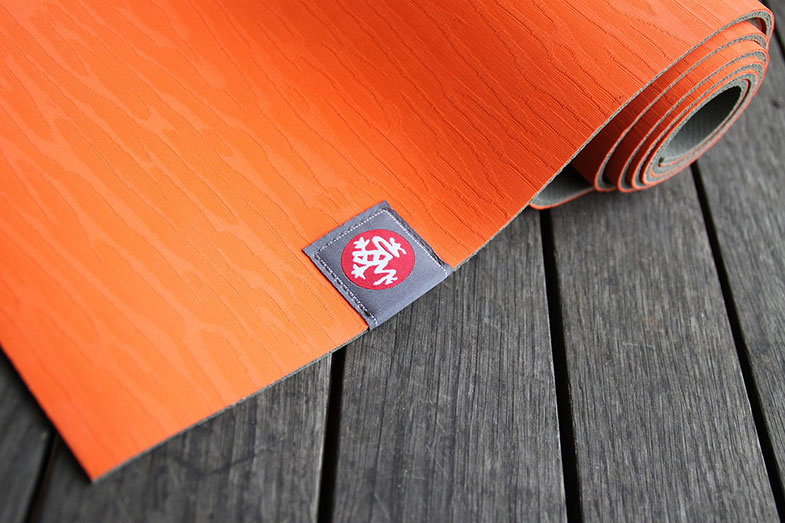
What are Alternative Uses for a Yoga Mat?
Despite its inability to function as a sleeping pad, a yoga mat still has a bevy of alternative uses. Hence, if you have an old yoga mat lying around, here are some suggestions on how you can repurpose it:
1. Shelf Liner
The colorful and rubbery texture of yoga mats makes for perfect shelf liners. Simply measure the shelf where you intend to install the liner and cut-up the mat in the exact same measurement. If you boast sewing skills, then you can sew the sides of the mat for a creative flair before lining your shelves and kitchen drawers with it. Not only would the rubbery material of the mat ensure that glasses and cutlery are slip-proof, but it can also protect the shelf from stains, leaks, and scratches.
2. Jar Opener
Another innovative way to repurpose old yoga mats is to turn them into make-shift jar openers. Simply cut circles of varying sizes from the mat and use this material as leverage the next time you try to open a tightly sealed jar. The soft, rubbery material of the mat helps you maintain your grip on the lid, thereby allowing you to exert more force in twisting the lid.
3. Safety Padding
Instead of incurring additional cost in buying expensive padding equipment such as a knee pad, or an elbow pad, you can simply customize one of your own by sewing pieces of yoga mats unto garters and fabrics. This way, you can determine how thick or thin you want the padding to be.
4. Storage Boxes and Bags
Some yoga mats are made of soft, waterproof materials. These types of mats are perfect materials to repurpose as storage boxes, colorful pouches, and bags. Simply sew the yoga mats as you would a normal fabric. However, be sure to use big and sturdy needles so that it won’t break during the creation of your new waterproof pouches.
5. Placemats
Due to its non-slip quality and color variations, yoga mats make for excellent placemats and coasters. Divide the mat into smaller rectangular or circular pieces and simply place them on top of tables, under plates, mugs, and glasses. Yoga mats will not only ensure that your dining utensils are presentable, but it can also protect your tables from unwanted stains, spills, and leaks.
6. Doormats
Another alternative function for old and used yoga mats would be to use them as doormats and bathroom mats. Choose yoga mats with a bit of a rough texture so that guests can wipe their muddy and dirty footwear on the mat before entering your house. This will keep your place clean and free from dirt and other outside debris. Rubbery yoga mats also work well as bathroom mats as they are not easily soaked in water and are slip-proof, ensuring your safety inside the bathroom.
7. Stair Treads
Stair treads are the horizontal plane where a person walks on the stairs. Usually, wooden and tiles stairs can be slippery, especially when buffed or glossed. Hence, they are usually covered by plastic or rubbery material to keep people from slipping whenever they go up or down the stairs. Due to its non-slip, non-skid, and water-proof quality, yoga mats make for the perfect stair treads as it can prevent people from accidentally slipping on the stairs.
Checkout the BalanceFrom Yoga Mat (view on Amazon). It’s not only great for exercise and yoga but for many different things as mentioned above. It’s also very lightweight, easy to carry, and moisture resistant.
How to Choose Proper Bedding?
A bed is more than just a flat surface that you retire to after a long day’s work. If that’s the case, then any flat surface would be comfortable to sleep in. Choosing a mattress is just as meticulous as choosing your major in college. You not only need to be aware of your sleeping habits but also you should be mindful of what makes you comfortable as well. Hence, here are some tips to consider when choosing a proper bedding material:
1. Evaluate How You Sleep
First, you need to be mindful of how you sleep and your sleeping patterns. Determine which sleeping position helps you fall asleep faster then take note of the kind of support that that sleeping position requires to maintain the natural curve of your body.
If you are a side sleeper, you would need bedding that can naturally support the contour of your body while providing cushioning for joints that will be subject to the weight of your body. Hence, you might want to invest in a bed that has a firm structure and a soft surface. Air mattresses and water beds are some examples of beds that embrace your body as you sleep while also providing you with enough head support.
If you find that sleeping on your back makes you more comfortable at night, flat and even surfaces are your best bet when it comes to bedding options. Bed with microbead or foam fillers are some examples of bedding that might make you comfortable to sleep in this position. The flat surface allows your spine to rest and does not force it into awkward and uncomfortable angles while also providing it with enough cushioning to support your tailbone from hitting hard surfaces.
2. Compare Thickness and Softness
When choosing a sleeping pad, of course, you shouldn’t immediately purchase the first bedding you see. Be sure to inspect and compare each type of bedding material with one another before finally deciding which one will be best for you. When choosing, it is important to note the thickness and softness of the mattress. Thicker mattresses tend to be firmer and sturdier while softer mattress tends to provide cushioning and support.
3. Determine Which Kind of Support You Need
Another function that you need to consider is support. The mattress or bed that you will sleep on should provide you with enough support to cradle your head and body from hard surfaces.
If you’re your choice of bedding results to mornings filled with joint aches, back pain, and muscle soreness, then its probably not doing its job of supporting your body as you fall asleep. Hence, before purchasing a bed, assess where you will be placing it first. If it will on top of hard surfaces such as floors, wooden bed frames or steel bunk beds, opt for thicker and softer material. However, if you will be placing it on top of carpeted and soft-layered surfaces, then yoga mats, quilts, comforters and other thin forms of material can double as bedding as well.
What are the Functions of an Effective Sleeping Pad?
Despite the many alternative uses for yoga mats, they cannot be used as a sleeping pad for the outdoors since they lack the necessary functions of a sleeping pad. A sleeping pad is mainly used for its insulating function just as much as its cushioning function.
Conclusion – Can a Yoga Mat Work as a Sleeping Pad?
When sleeping in the great outdoors, one is exposed to inclement weather and is subject to the mercy of the elements. With this, you’ll find that sleeping on the ground outside can be quite cold, especially in elevated places like mountains, hills, and forests. Sleeping pads are usually equipped with thermal insulation to keep you warm and resist the coolness of the ground. Sleeping pads are also compact since they can be folded up easily for storage inside backpacks and can be carried around anywhere easily.
View the Sleepingo Camping Sleeping Pad (view on Amazon), which is a great mat suitable for all kinds of outdoor activities.
Meanwhile, yoga mats provide no insulation or support since the material is made from soft rubbers. They also cannot be compressed to fit into packed bags and needs to be carried around separately, causing discomfort. Although it can be used in place of a traditional mattress indoors, unfortunately, yoga mats cannot work as a sleeping pad at all.

